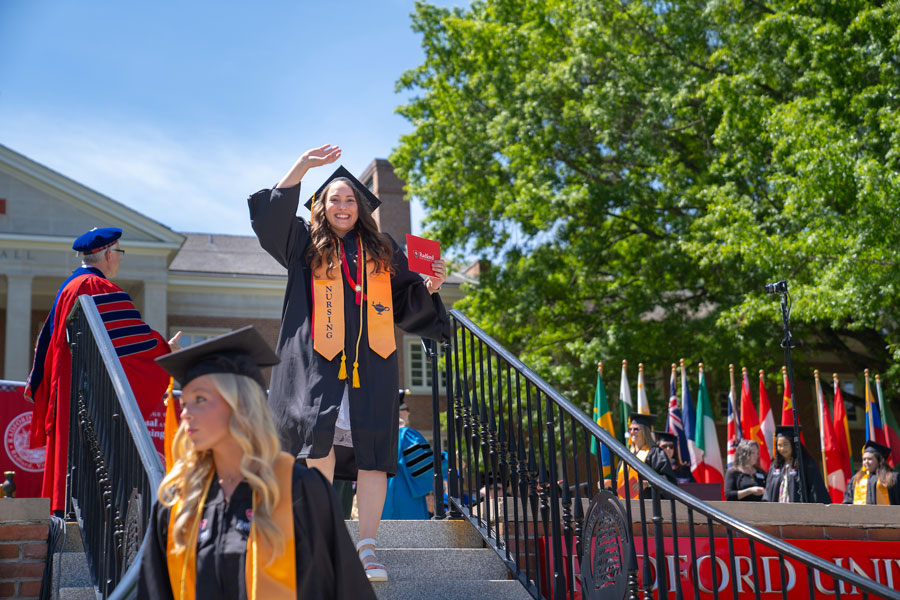Radford University
Radford News
2025 Top Adventure College
#1 in the Southeast and Mid-Atlantic
Thanks to the strong support from students, faculty, staff, alumni and fans, Radford rose to the top for its incredible access to outdoor recreation, thriving campus culture and commitment to adventure. With the New River and Blue Ridge Mountains as our backyard, there's no better place to learn and explore.
Latest News
-
Delegate Ballard presents House commendation honoring 25 years of Radford University Advocacy Day
October 3, 2025
Virginia Del. Jason Ballard recognized Radford University’s long-running Advocacy Day program during Monday’s Student Government Association meeting.
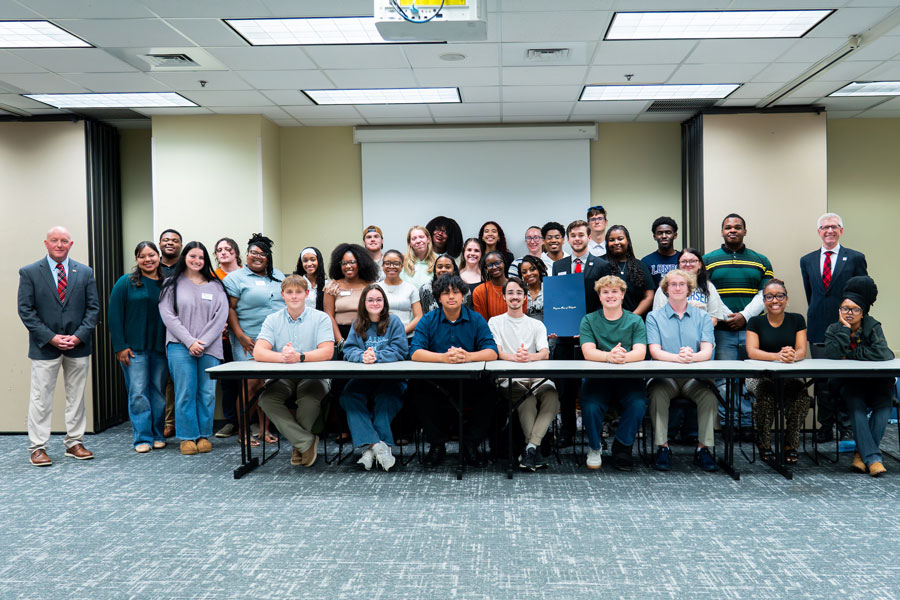
-
Highlander Highlights: Week of Sept. 29, 2025
October 3, 2025
Highlander Highlights shares with readers some of the extraordinary accomplishments happening on and off campus through the tireless work and curiosity of our students, faculty, staff and alumni.
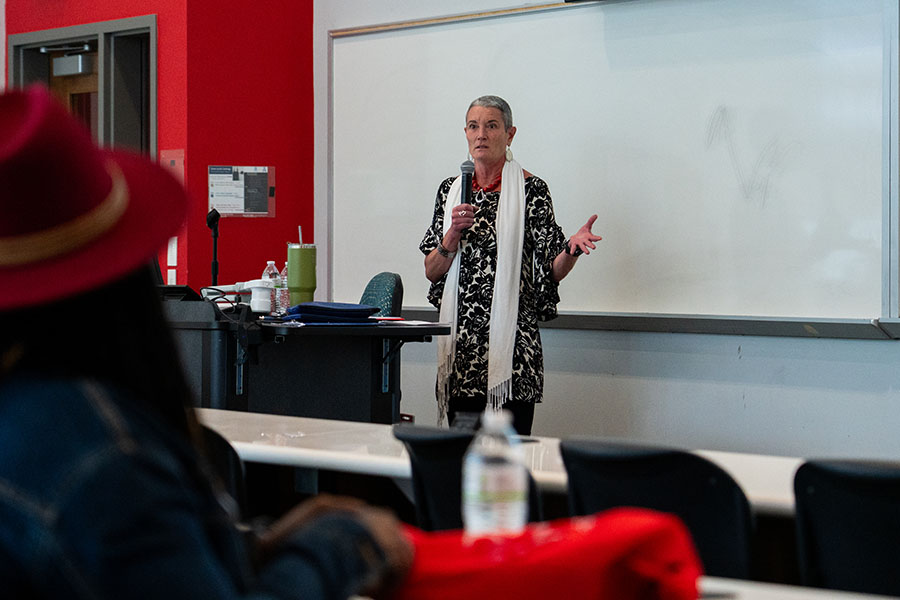
-
Annual job fair for Davis College students continues upward trend in size, attendance
October 3, 2025
“The feedback from the students and the firms showed it was another successful event,” said Associate Professor of Accounting Mike Chatham of the most recent Firm Night, which in early September hosted more than 90 students and 30 visiting companies.
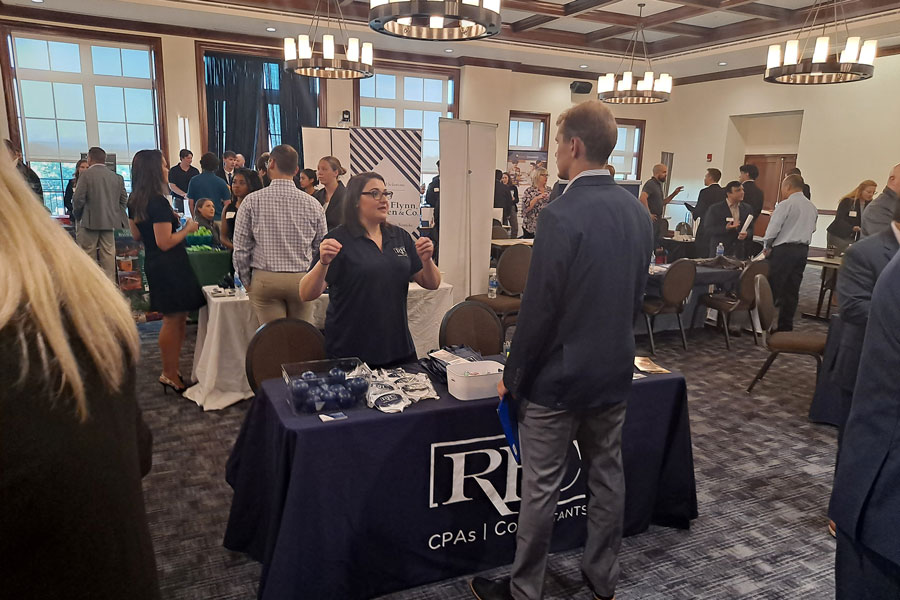
-
Radford University has been recognized by Forbes as one of “America’s Best Employers by State” for 2025, ranking number 69 in Virginia.
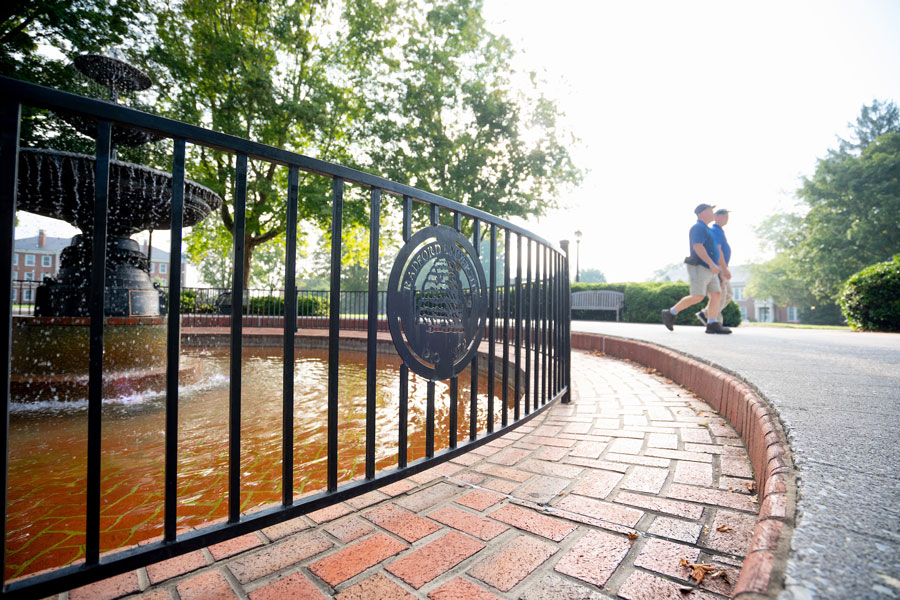
-
Michael Braden Patton builds connections on campus
October 1, 2025
From caregiving to the business side of impact, Michael Braden Patton found his place at Radford, building connections, guiding new Highlanders and aiming to strengthen service in Southwest Virginia.
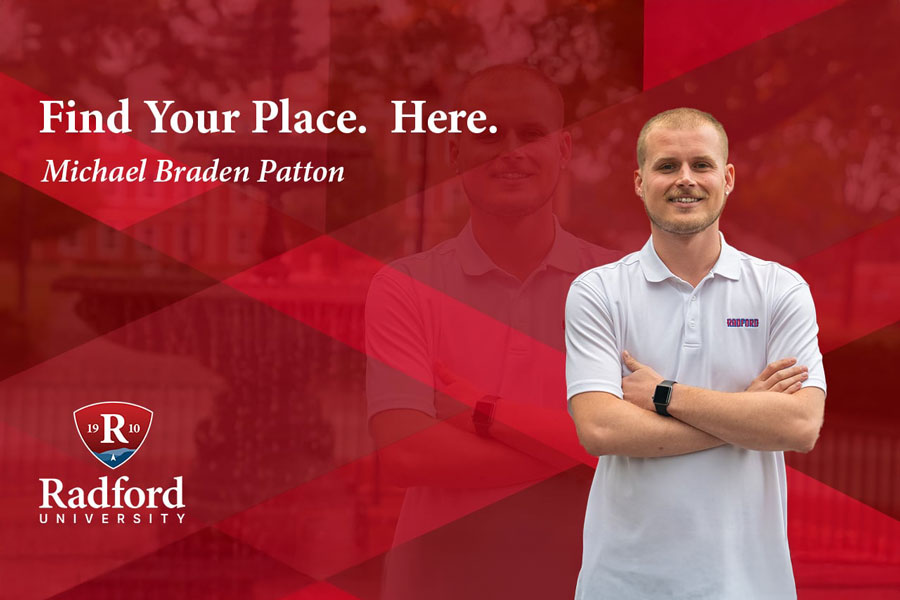
-
Highlanders in the News: Week of Sept. 26, 2025
September 25, 2025
This week: Radford’s enrollment report is in; Zach Collier assesses risks; Angela Joyner talks community connections with Radford’s city council; and Chapman Rackaway diagnoses a heated political climate.
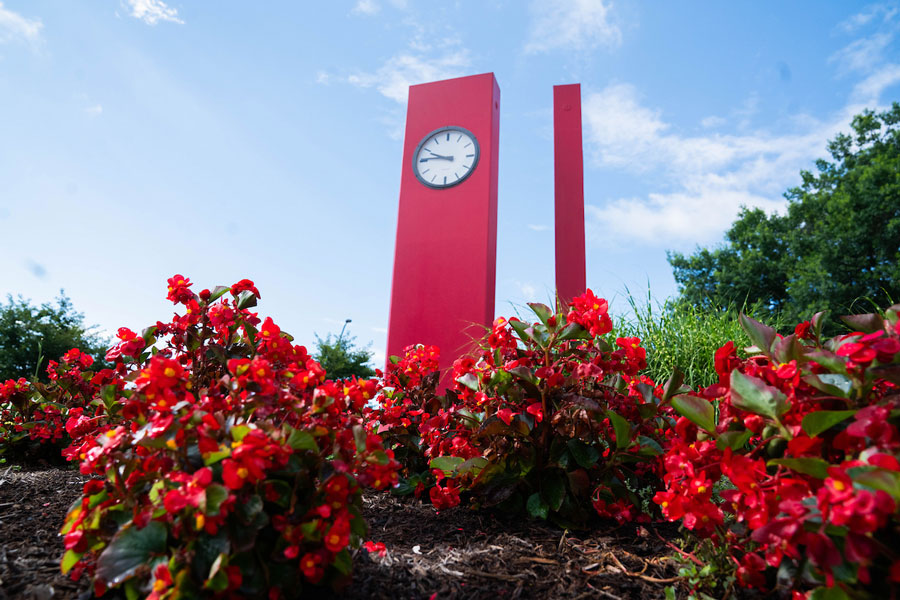
-
Highlander spirits run high at second annual Tartan 5K: A Twilight Run
September 25, 2025
Runners, walkers, canines and bystanders all had a great time at the second annual Tartan 5K: A Twilight Run.
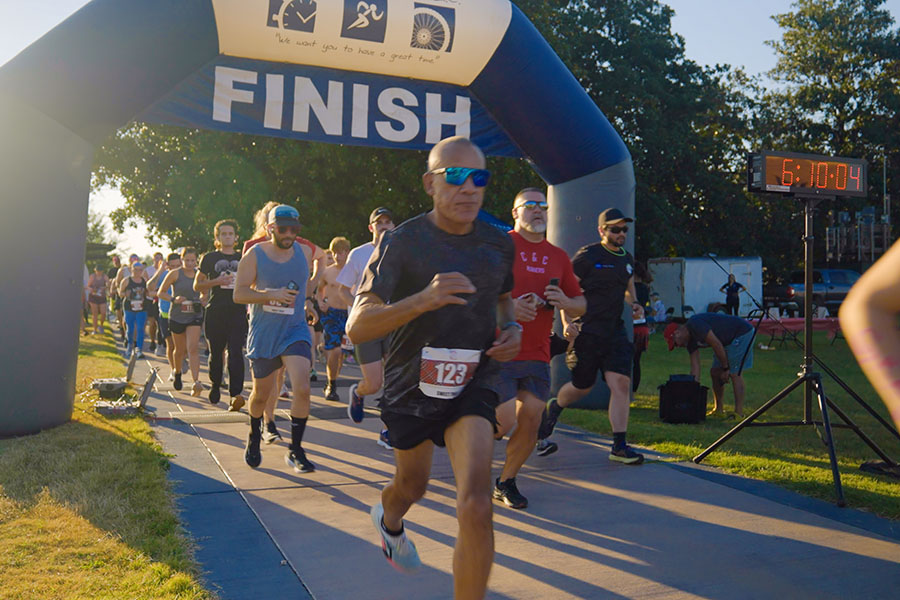
-
Post-graduation outcomes outperform national placement rates
September 19, 2025
Radford University 2024 graduates successfully secure jobs at a rate above the national average.
